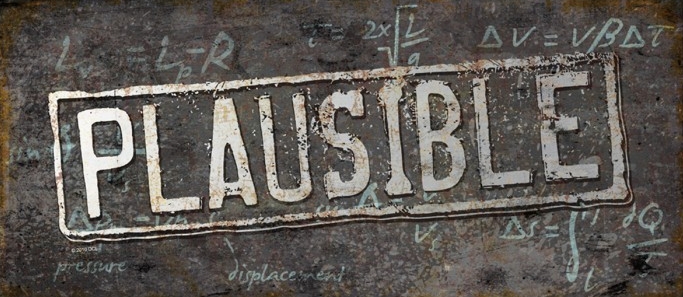A Curve in the Road
/ Last January, I wrote a post called The End of a Personal Era. I was marking the end of my career in the HIV lab I’d been a part of for nearly twenty years. Times are tough in scientific research right now; the collapse of the economy means that funding opportunities are few and far between and competition has never been more fierce. My lab was dramatically downsizing and nearly all the staff and students were being let go and not replaced.
Last January, I wrote a post called The End of a Personal Era. I was marking the end of my career in the HIV lab I’d been a part of for nearly twenty years. Times are tough in scientific research right now; the collapse of the economy means that funding opportunities are few and far between and competition has never been more fierce. My lab was dramatically downsizing and nearly all the staff and students were being let go and not replaced.
Since I’ve been laid off, I’ve been trying to get into a new position at the University. But in my spare time, I still spent a lot of time writing. While I love that I’ve been able to concentrate on my craft, I’ve noticed a few things about my writing when it’s the main focus of my attention:
- I managed my time better when I had less of it: This may seem counterintuitive. How can you make more out of less? But I think when you have more time it’s easier to waste it. When I was working in the lab and writing in every spare second, I made sure all of those spare seconds counted in a really big way.
- Time away from writing is invaluable: When the current project is all you think about because it’s the main focus of your life, sometimes it can wear you down and you stop feeling the love. Then it’s hard to kick yourself back into gear. I think that having another focus can be a good thing, and allows you to return to your writing feeling fresh.
- Built-in pondering time: This is one of the things I’ve missed the most. When I had rote tasks to perform as part of my job, it would give me the opportunity to mull over what I’d recently written and then consider different forward directions. I really missed that time and, in some ways, while I could write faster, I definitely felt that occasionally the storyline was getting away from me because I didn’t have enough time to think things through.
- Time in the outside world can lead to new ideas: New people, new situations, new places, these can all lead to inspiration or a different outlook that can create a new idea or a new angle on an old one.
Last week I accepted the offer of a new position at the University. So it’s back into infectious disease research for me—now, instead of HIV, it’s West Nile and Dengue Fever. One of the reasons why I love scientific research is because it’s relevant and important; what you do in your day-to-day job can have a very meaningful impact on someone else’s life. But, through it all, the writing will continue. In the mean time, I have a new novel and new proposal that are both nearly finished so it’s onwards and upwards from here.
I’m going to take a couple of weeks off from blogging as I settle into my new position and to take a little stress off while I find my feet. So I hope everyone has a great couple of weeks and I’ll be back with a new post on August 14th!
Photo credit: hpaich

































 87.5%
87.5%